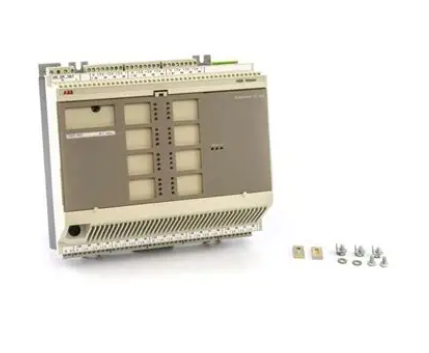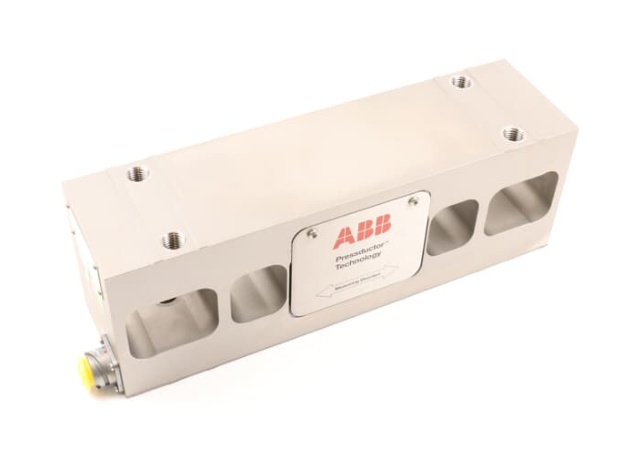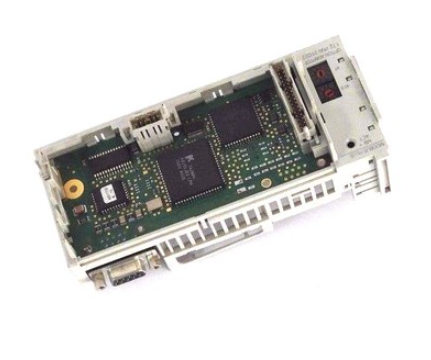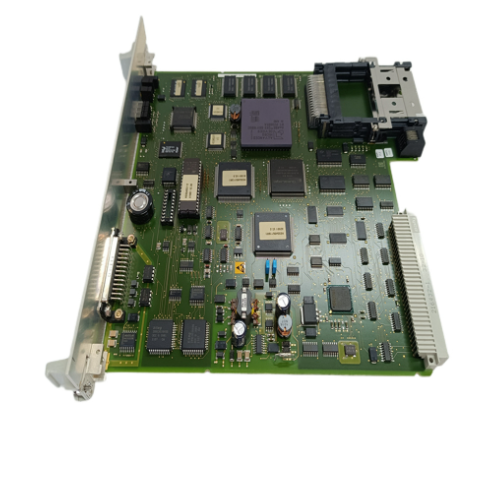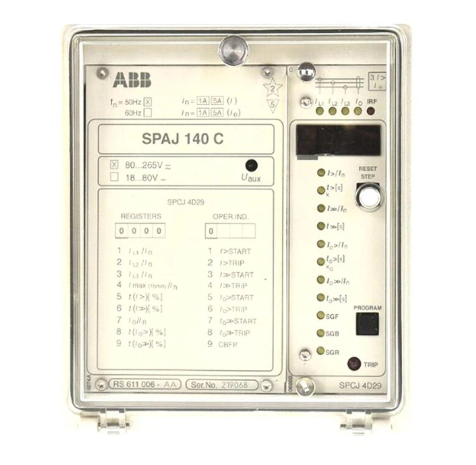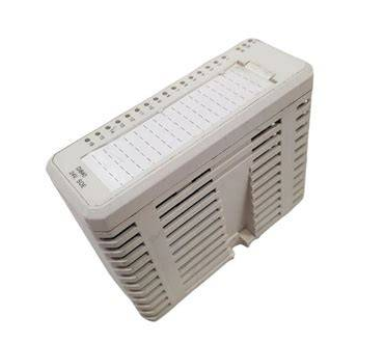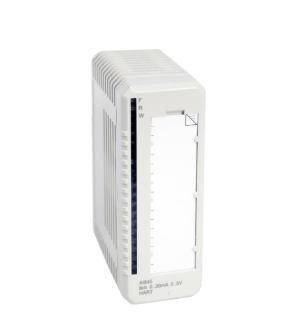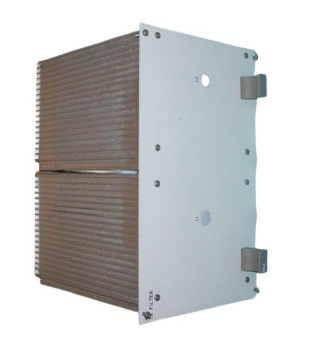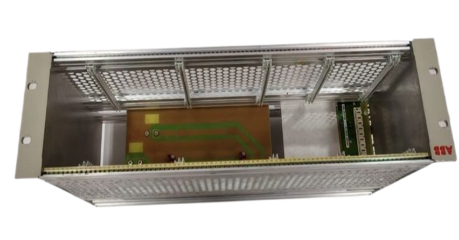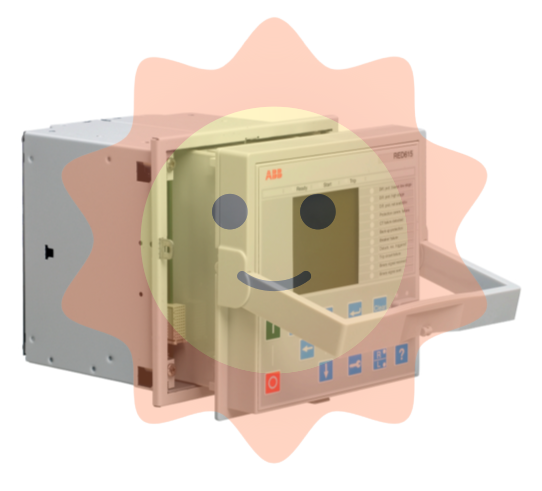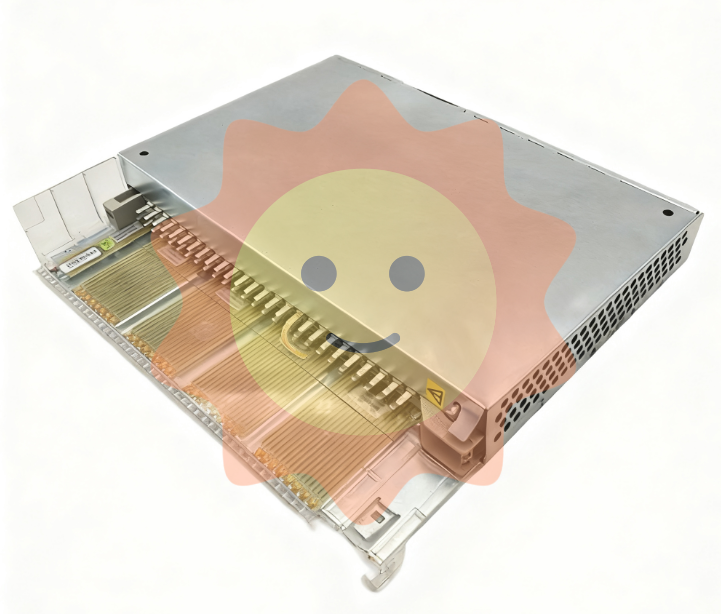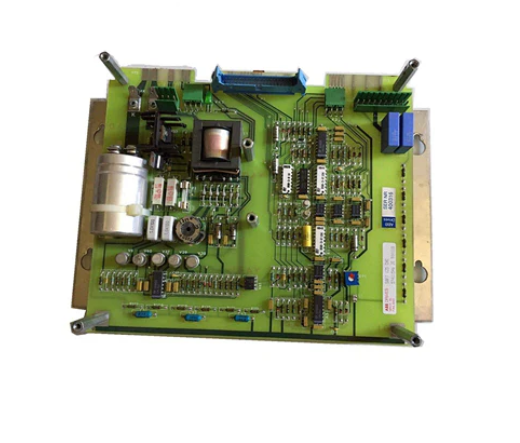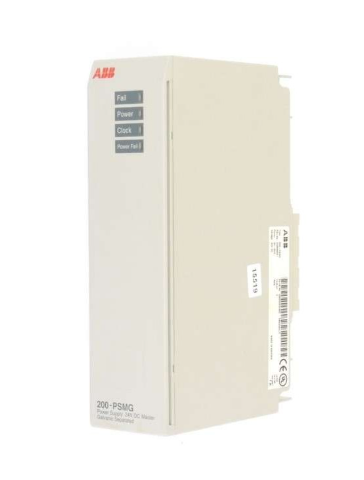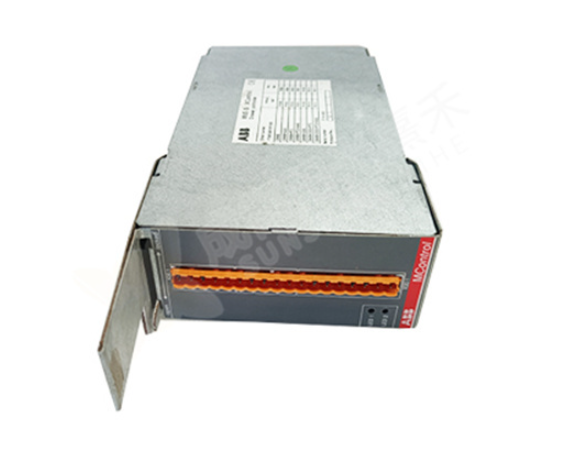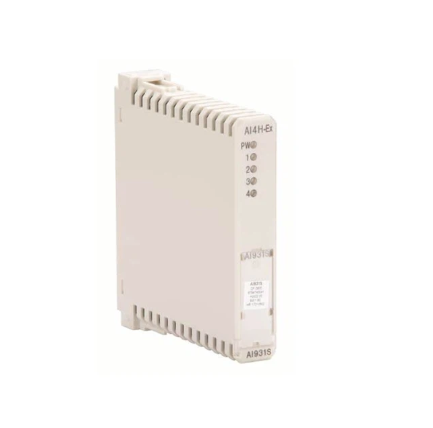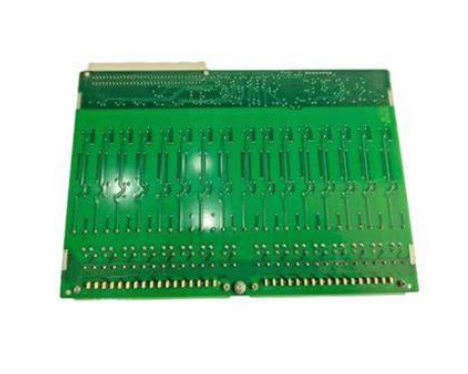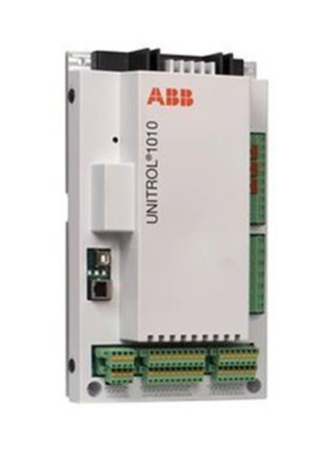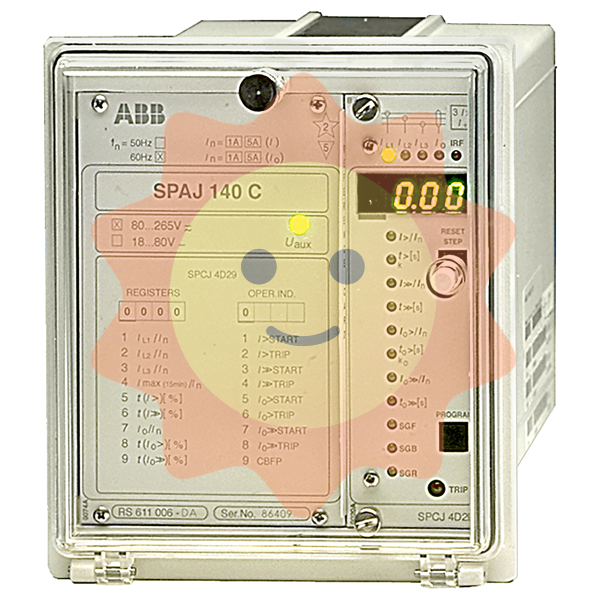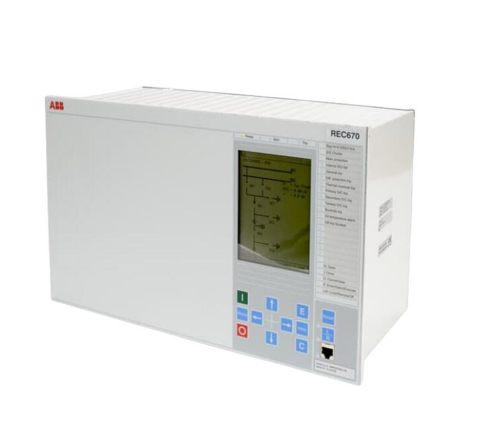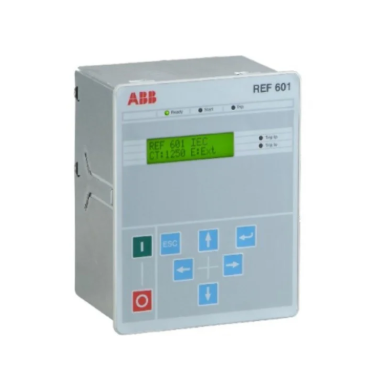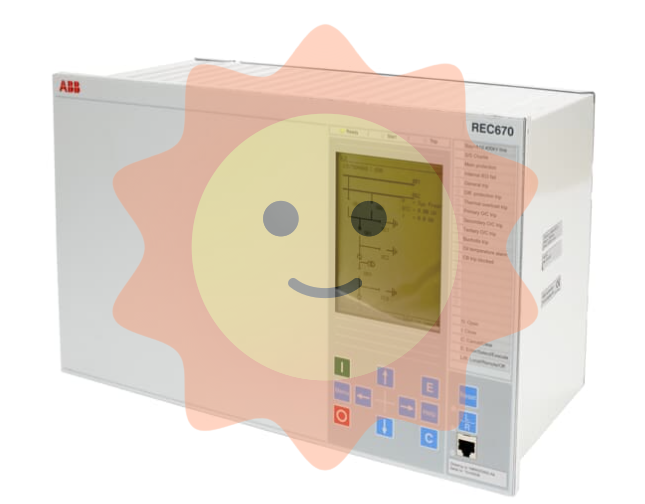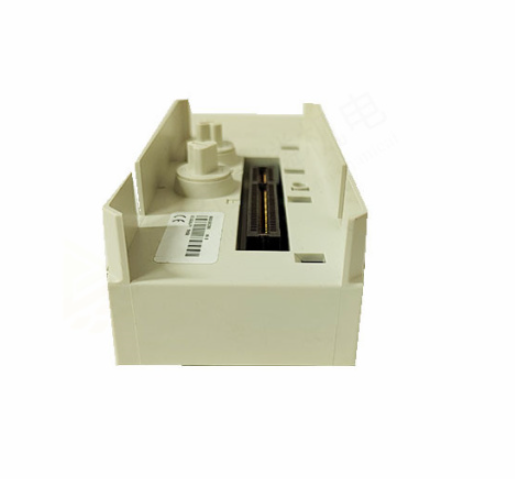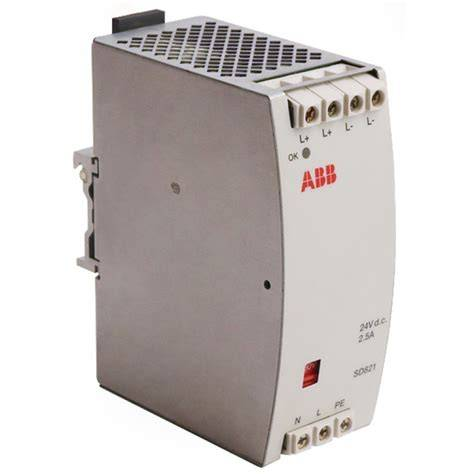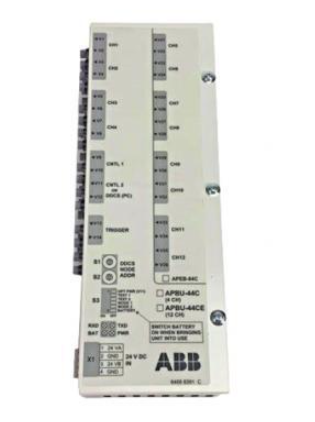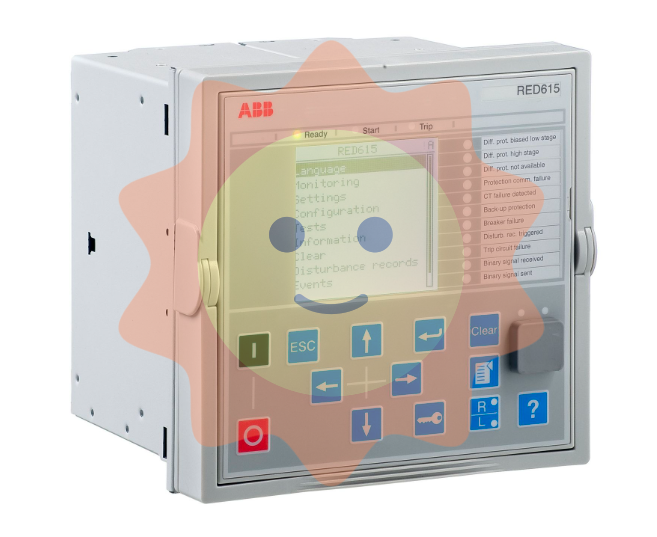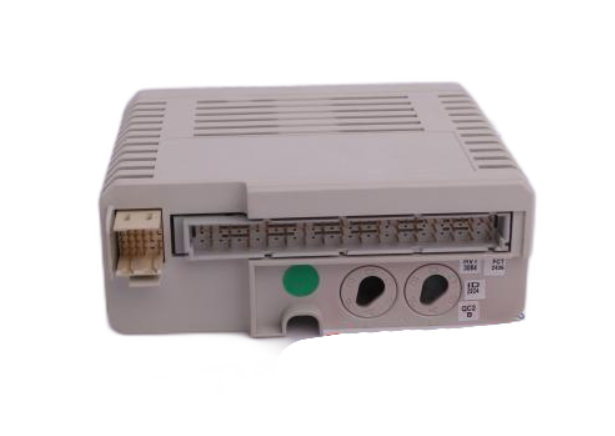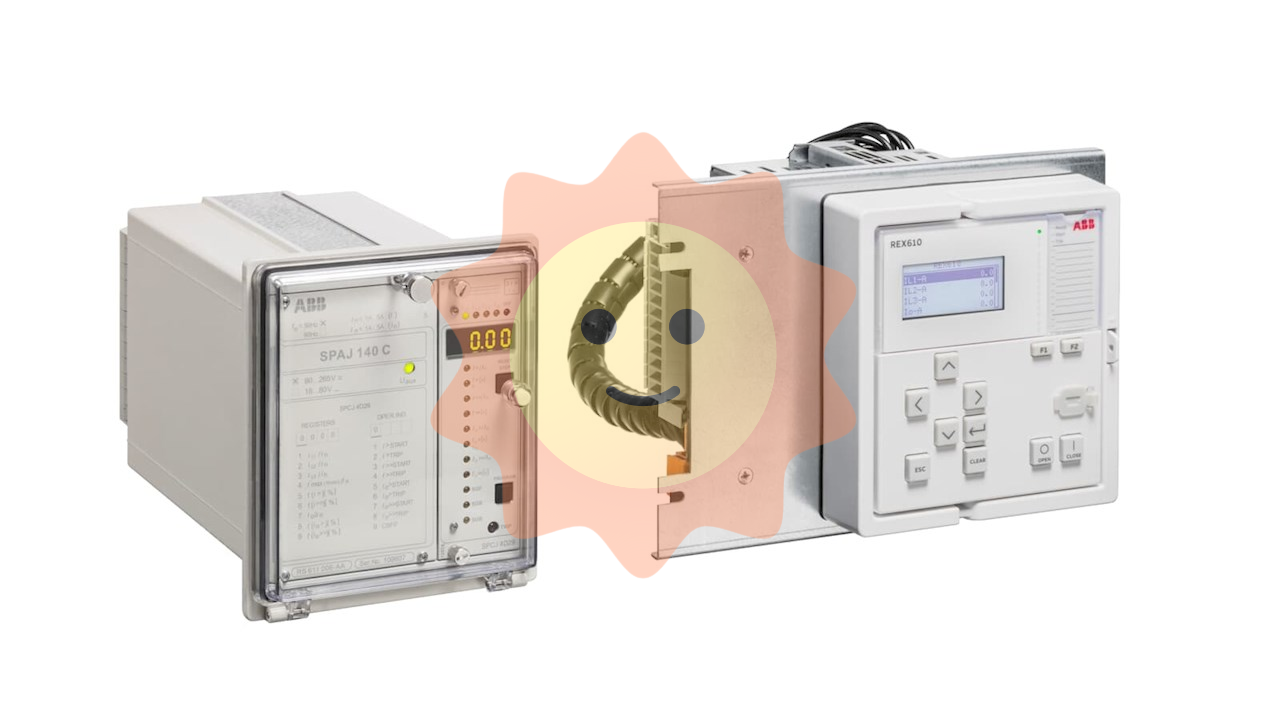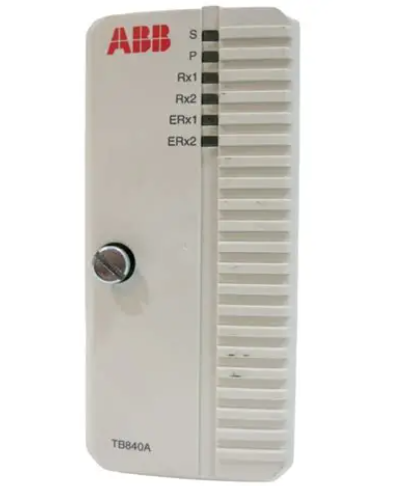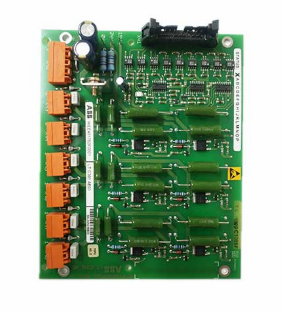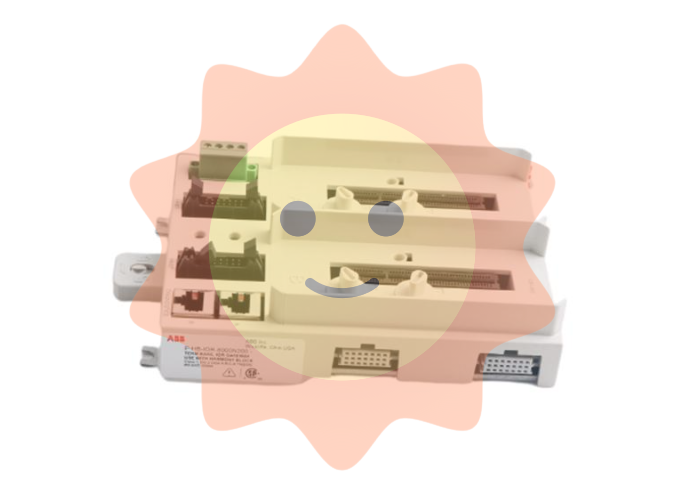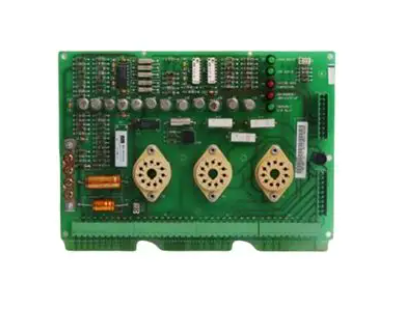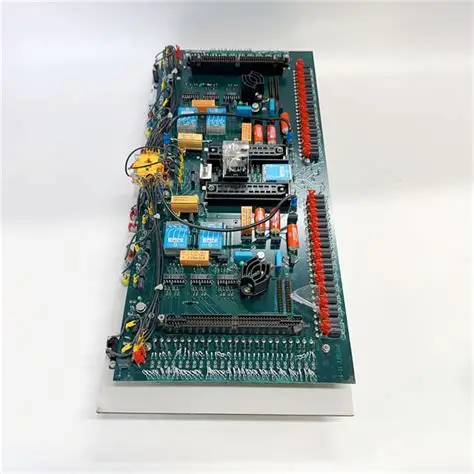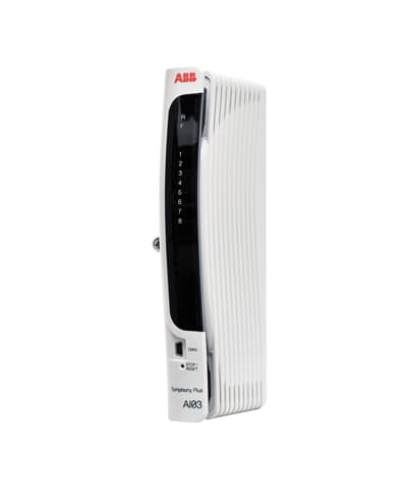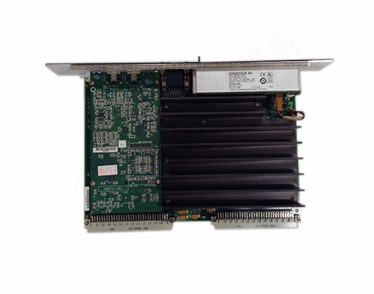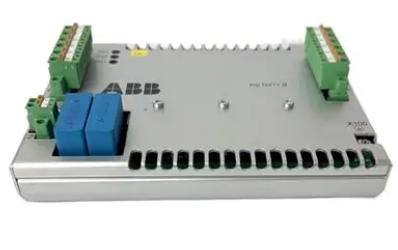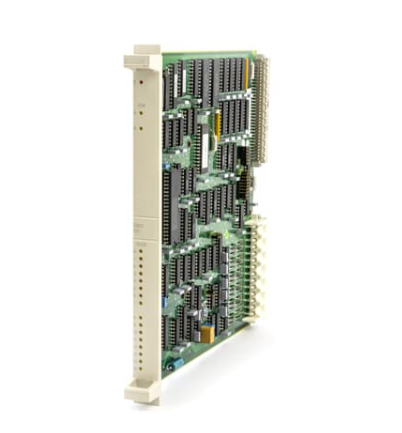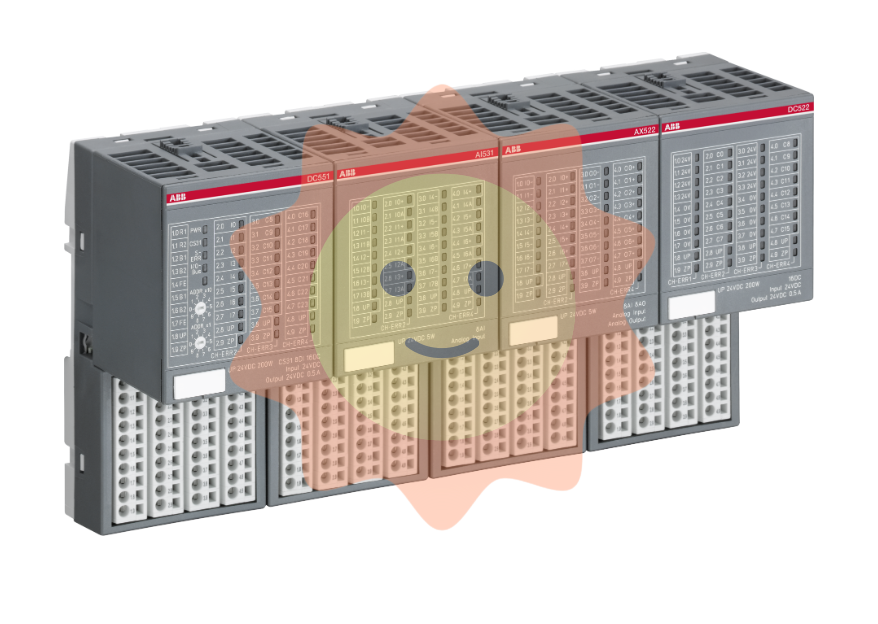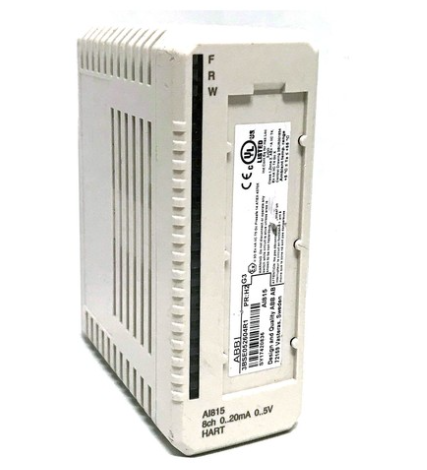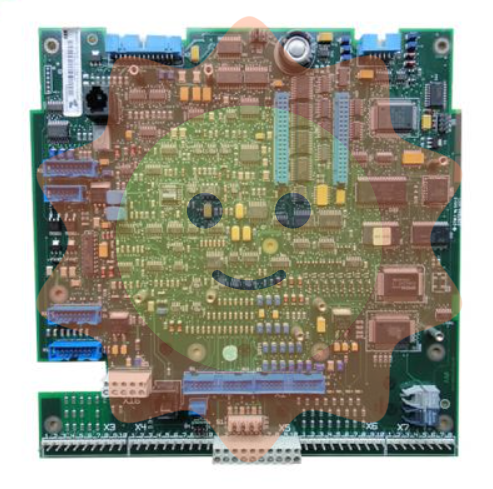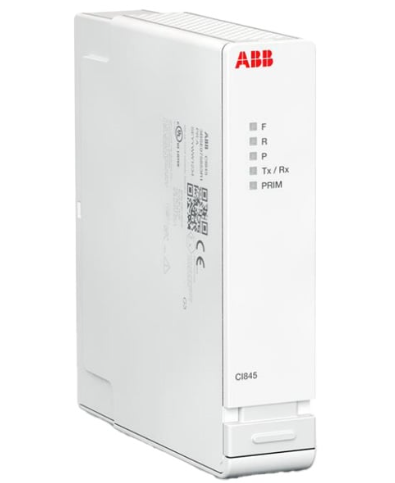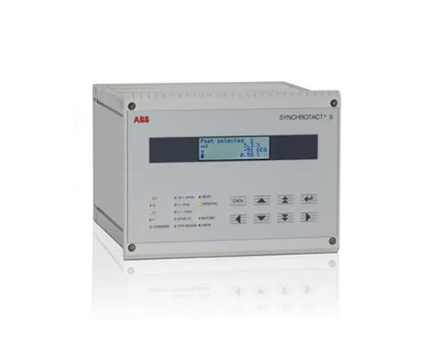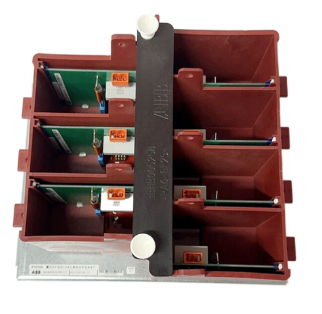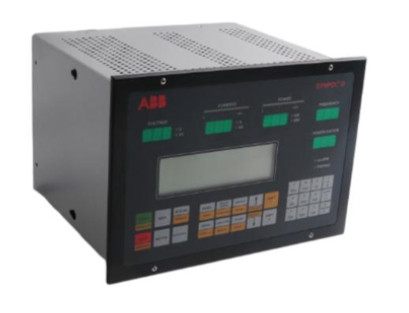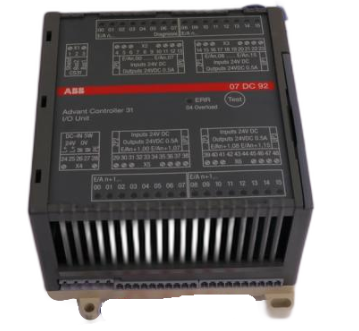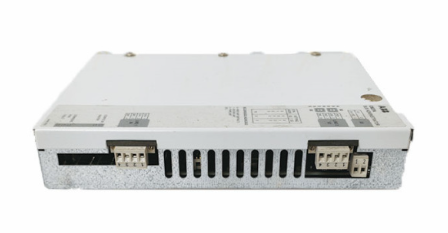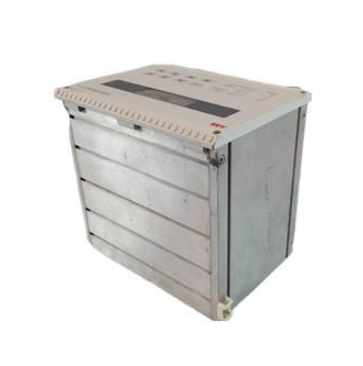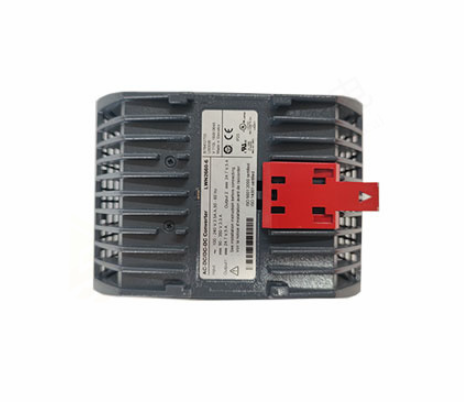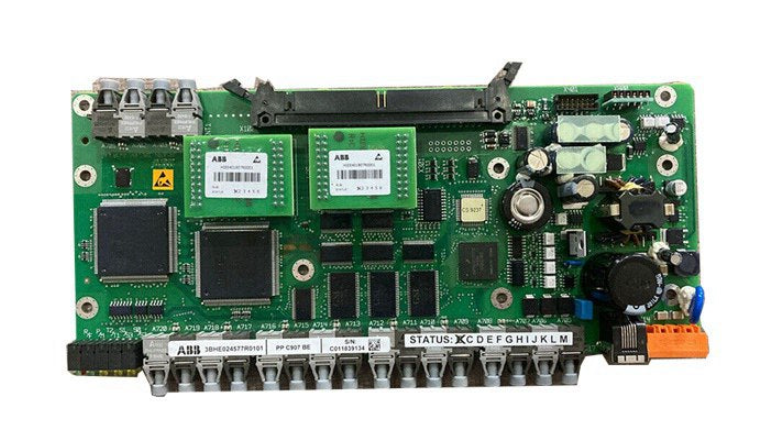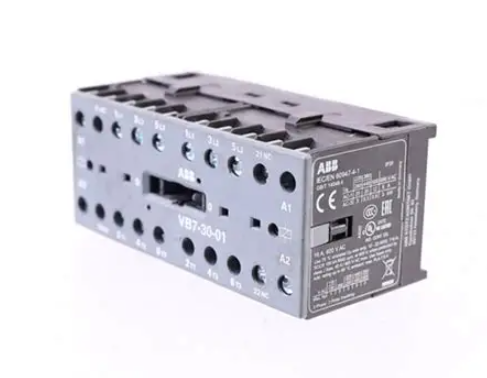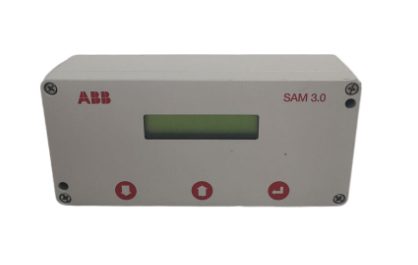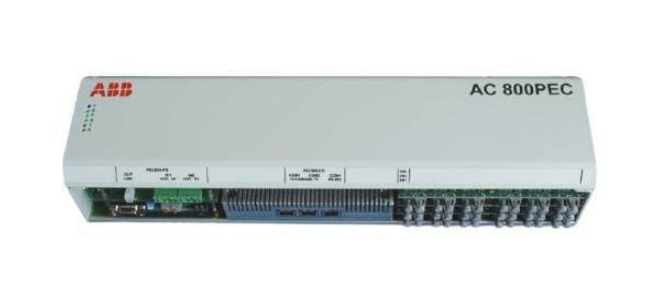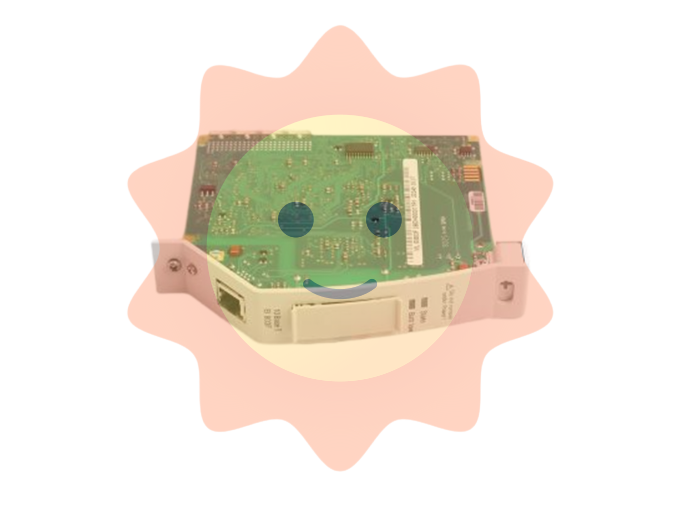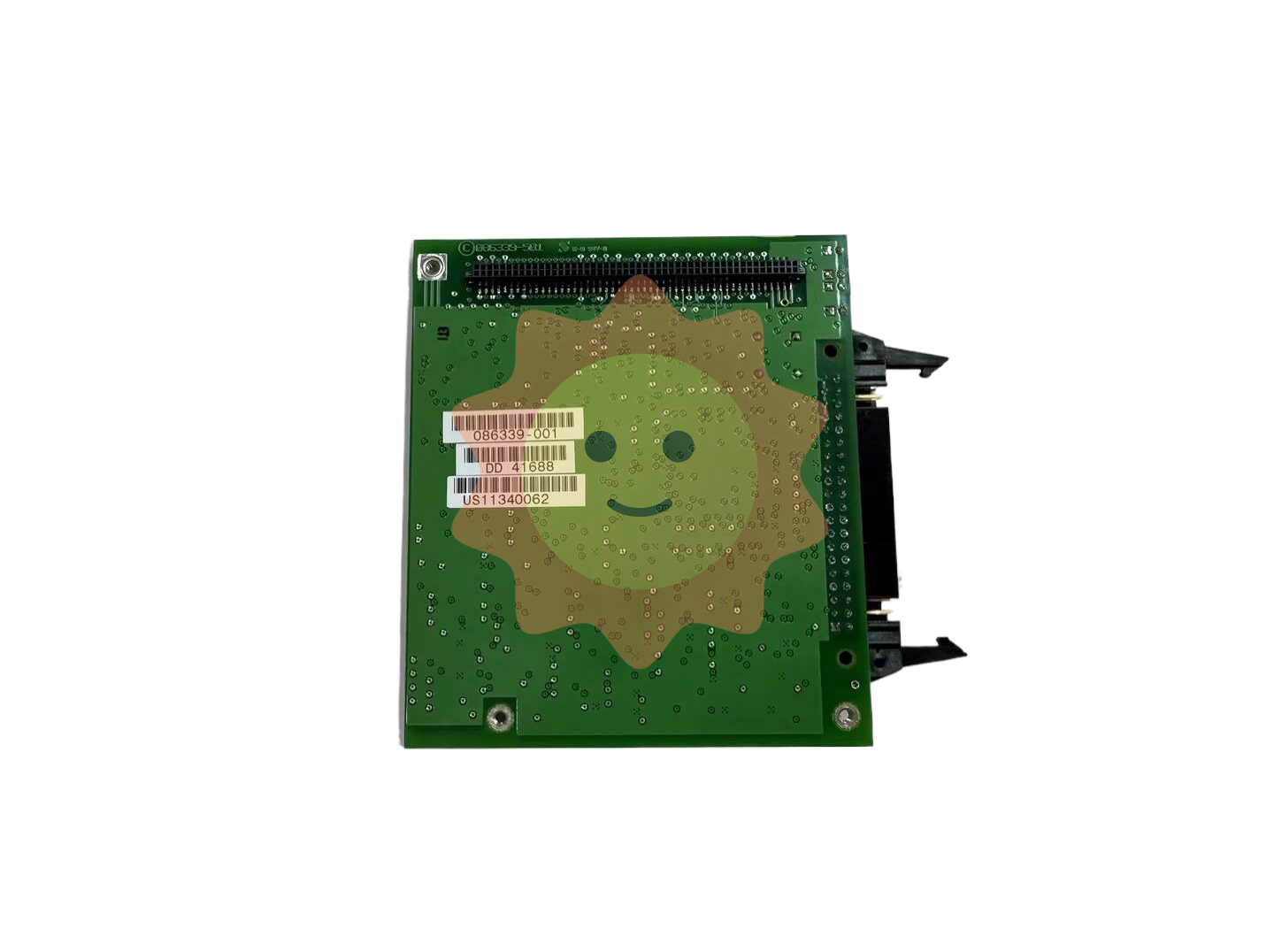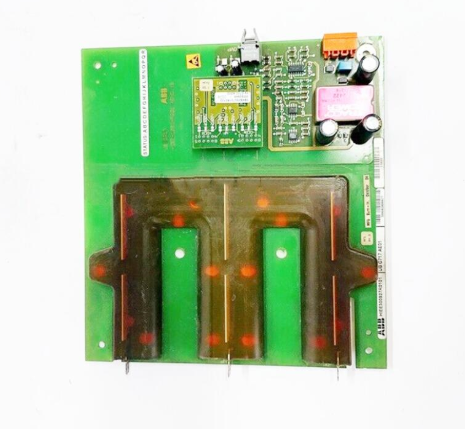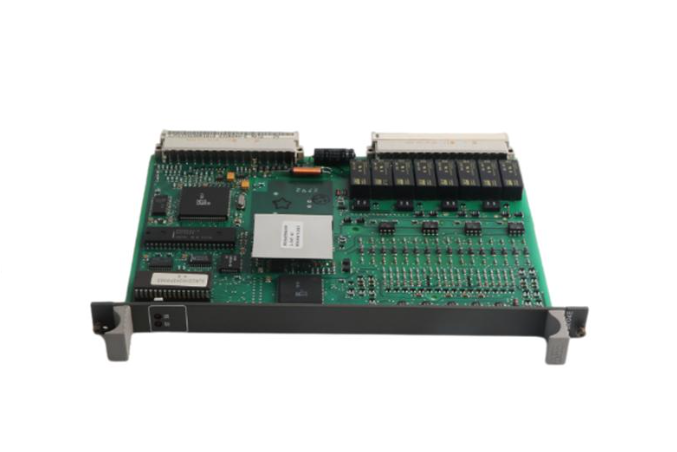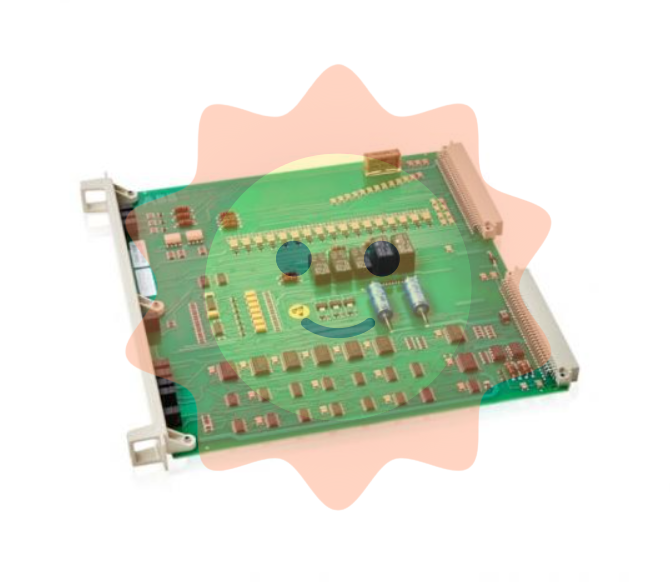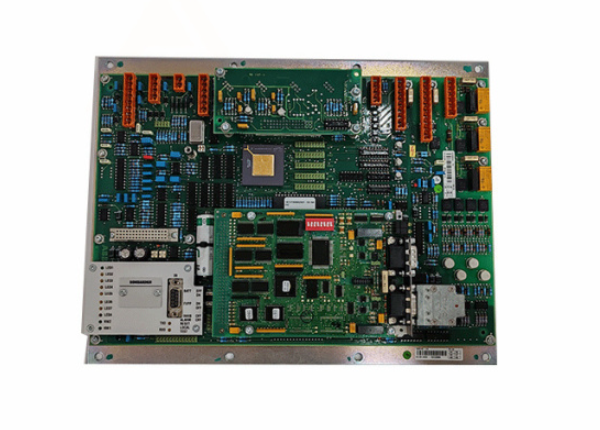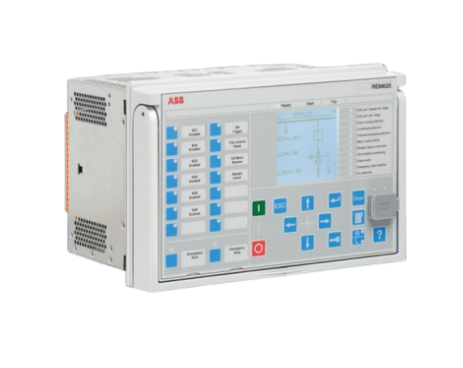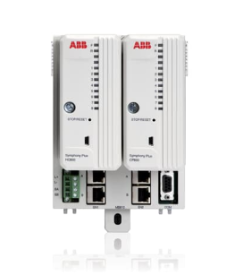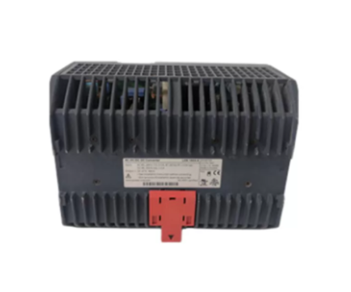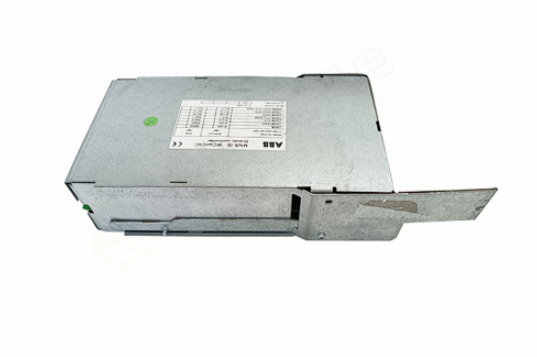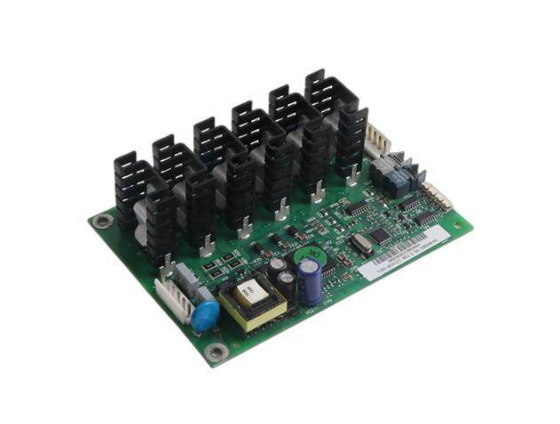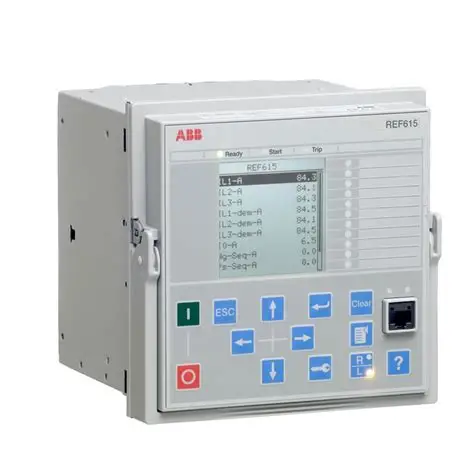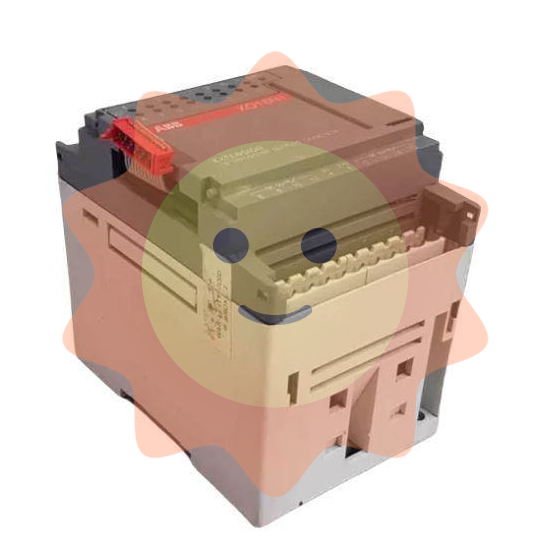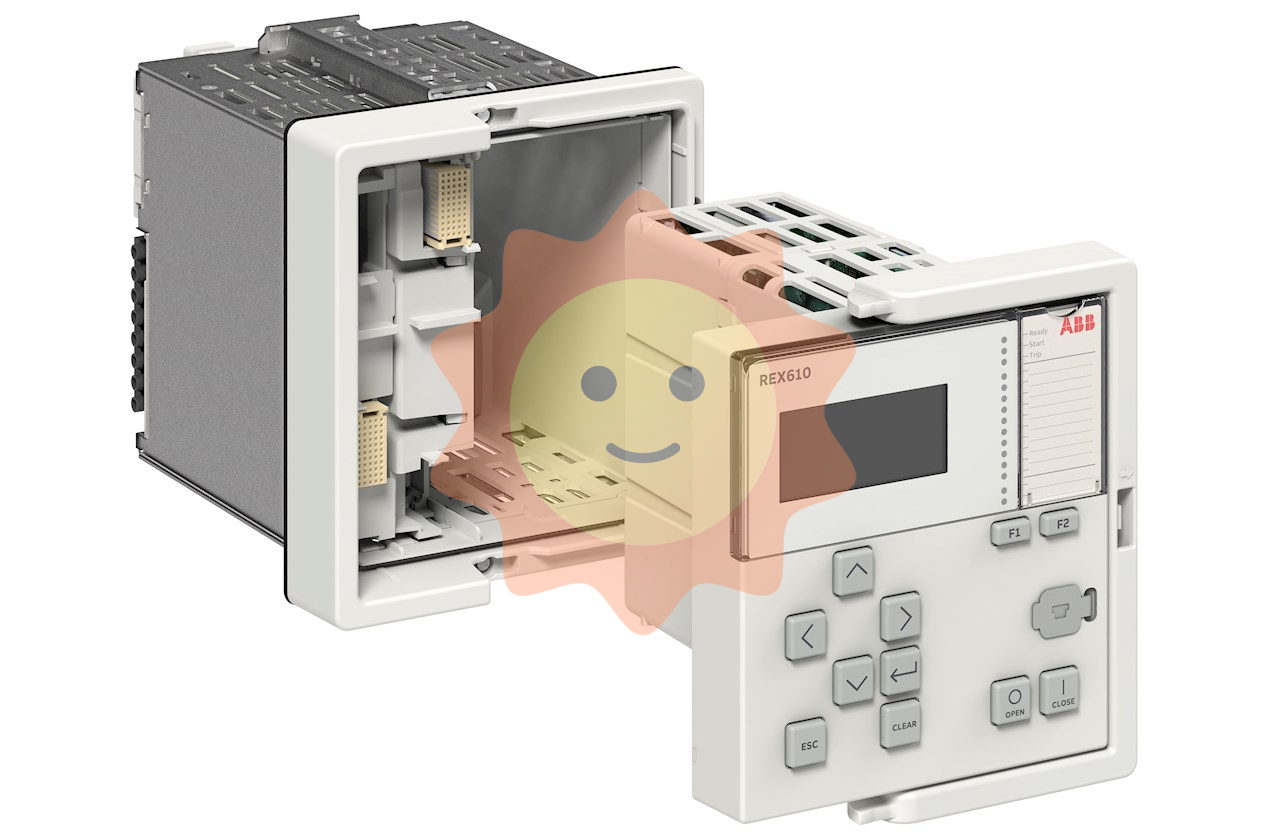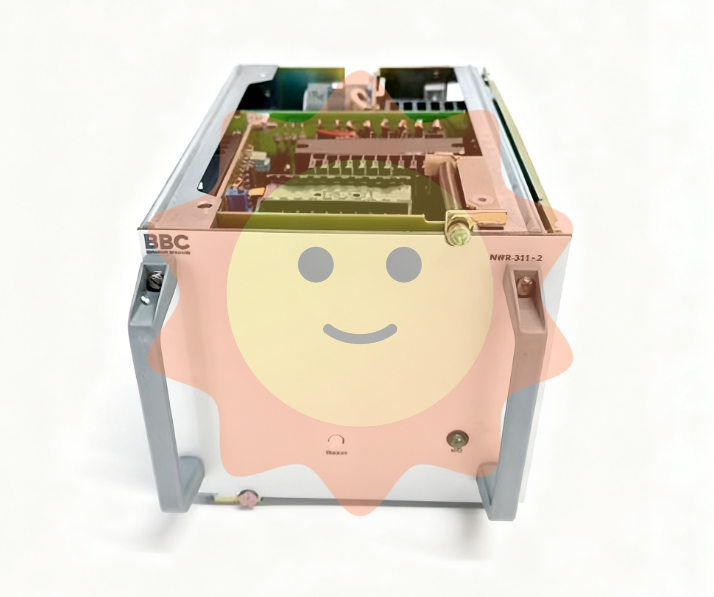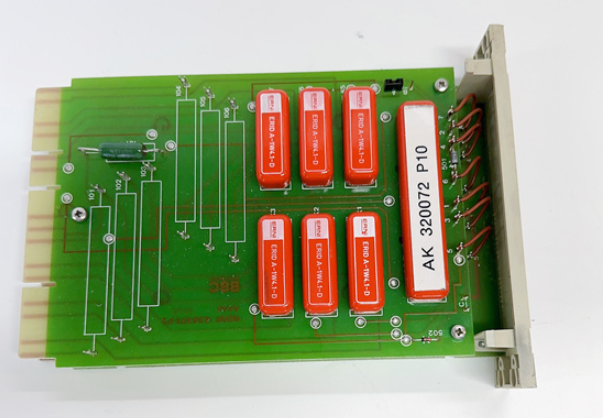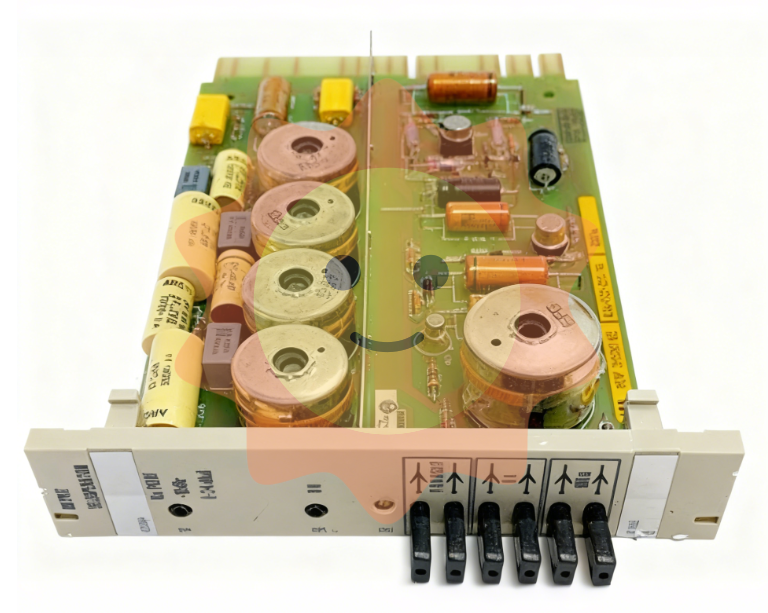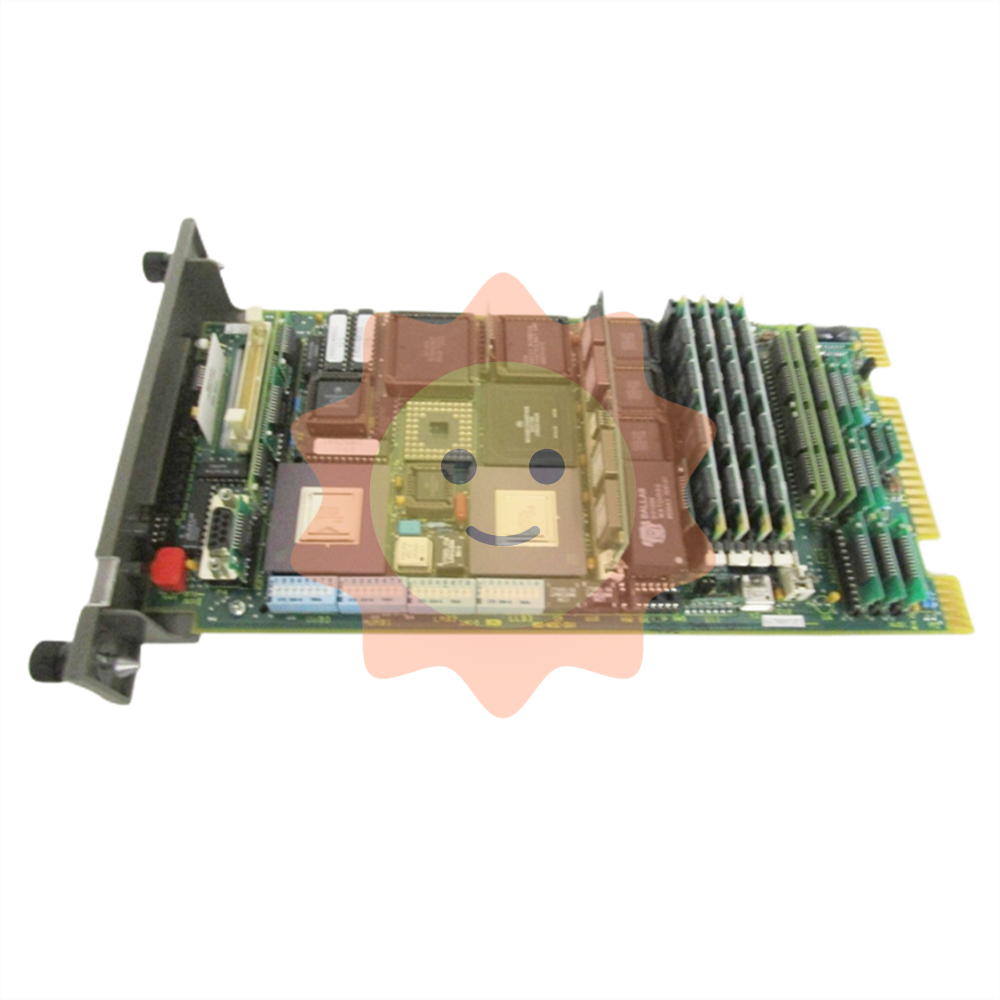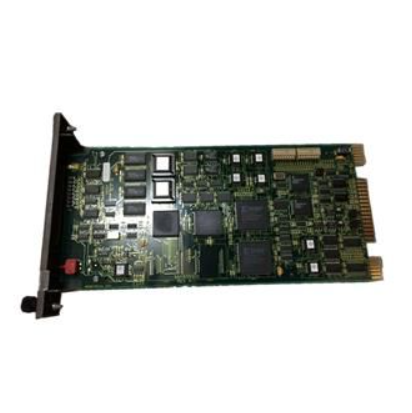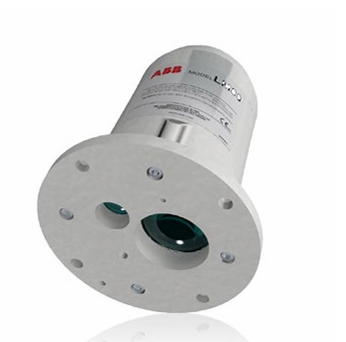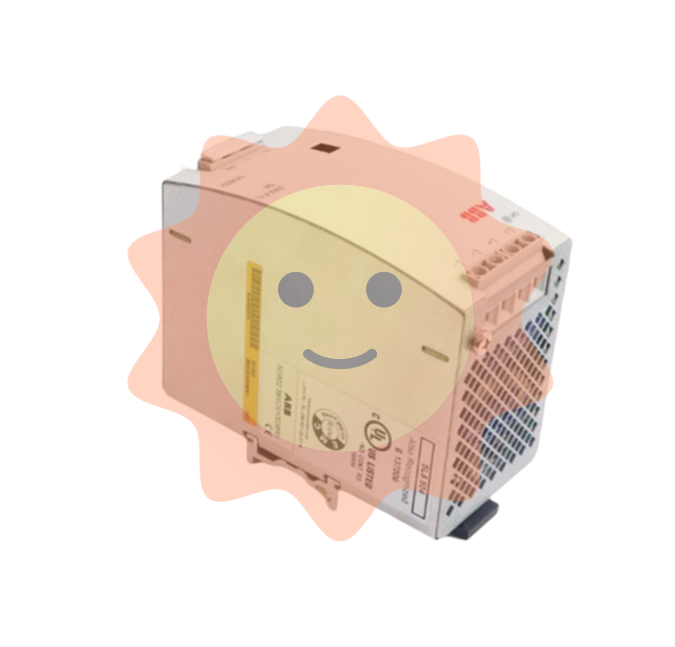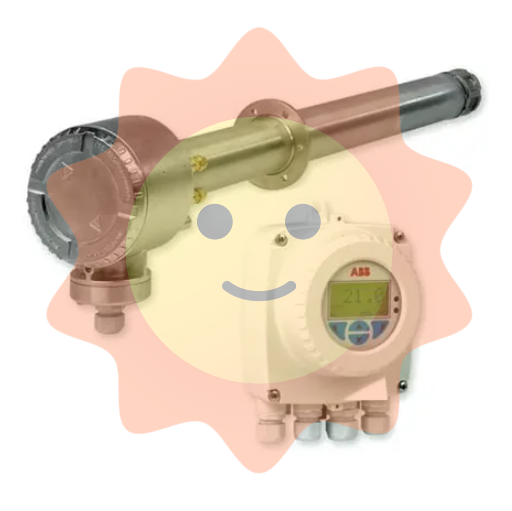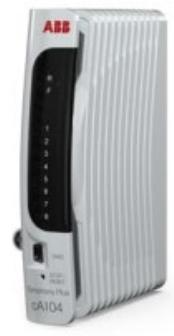Motorola FLN3569 Control Module
(2) Data Processing and Analysis
Real time data processing: With powerful real-time data processing capabilities, it can quickly filter, convert, calculate, and extract useful information from a large amount of collected data. Denoising the collected sensor data and calculating the operating parameters of the device (such as speed, acceleration, power, etc.) to provide accurate data support for control decisions.
Data analysis and diagnosis: Built in data analysis algorithms can analyze historical data, uncover patterns and potential problems behind the data. By analyzing the trend of equipment operation data, predicting possible equipment failures and issuing early warning information, maintenance personnel can take timely measures to reduce equipment downtime. At the same time, it supports fault diagnosis function, quickly locates the fault point based on collected data and preset fault models, and improves the efficiency of fault investigation.
(3) Communication and networking functions
Multi protocol communication: Supports multiple industrial communication protocols, enabling seamless communication with devices and systems of different brands and types. Exchange data with PLC and DCS systems to achieve centralized monitoring and management of the entire industrial system; Communicate with smart meters, sensors, and other devices to obtain real-time data and device status information.
Remote monitoring and management: Remote monitoring and management functions can be achieved through Ethernet or wireless communication interfaces. Users can view the real-time operation status, data collection, and control parameters of modules on remote terminals (such as computers, mobile phones, tablets, etc.), remotely modify control programs and configuration parameters, facilitate remote debugging and maintenance of industrial equipment, improve operation and maintenance efficiency, and reduce operation and maintenance costs.
(4) Flexible programming and configuration
Programming methods: Supports multiple programming methods, such as Ladder Diagram, Structured Text, Function Block Diagram, etc., to meet the programming habits and needs of different users. Users can use professional programming software to write control programs based on actual application scenarios, achieving personalized control functions.
Configuration tool: Provides convenient configuration tools, allowing users to easily configure module I/O interfaces, communication parameters, control parameters, etc. through a graphical interface. Set the signal type and range of the analog input channel, configure the protocol, baud rate and other parameters of the communication interface, and quickly complete the initialization and debugging of the module without complex programming operations.
Application scenarios
(1) Industrial automation production line
In industrial automation production lines such as automobile manufacturing, electronic assembly, and mechanical processing, FLN3569 Control Module can serve as the core control unit to achieve precise control and collaborative management of production line equipment. Control the movements of the robotic arm, the start and stop of the conveyor belt, and the operating parameters of the processing equipment to ensure efficient and stable operation of the production process. By collecting real-time production data, conducting data analysis and optimization, improving production efficiency, reducing production costs, and enhancing product quality.
(2) Energy Management System
Used for the control and management of energy production, transmission, and distribution processes in the fields of electricity, oil, and natural gas. In the smart grid, monitoring and controlling the electrical equipment of substations to achieve optimized scheduling and distribution of electricity; In the petrochemical industry, controlling the operating parameters of refining equipment, chemical reaction vessels, and other devices ensures the safety and stability of the production process, improves energy utilization efficiency, and achieves energy-saving and emission reduction goals.
(3) Intelligent Building and Building Automation
Applied to HVAC systems, water supply and drainage systems, elevator control systems, lighting systems, etc. in intelligent buildings. By collecting signals from environmental sensors such as temperature, humidity, and lighting sensors, the operating status of air conditioning and ventilation equipment can be automatically adjusted to achieve comfortable indoor environment control; According to the flow of people and usage needs, intelligently control the operation of elevators and the switching of lighting equipment to save energy. At the same time, centralized monitoring and management of building equipment can be achieved to improve the intelligence level and operation efficiency of buildings.
(4) Process Industry Control
In process industries such as chemical, pharmaceutical, food and beverage, precise control of temperature, pressure, flow rate, liquid level and other parameters in the production process is carried out to ensure the stability of the production process and the consistency of product quality. In the process of chemical reactions, real-time monitoring of parameters such as temperature, pressure, and material concentration inside the reaction vessel is carried out, and reaction conditions are automatically adjusted according to process requirements to ensure the smooth progress of the reaction and avoid safety accidents.
- EMERSON
- Honeywell
- CTI
- Rolls-Royce
- General Electric
- Woodward
- Yaskawa
- xYCOM
- Motorola
- Siemens
- Rockwell
- ABB
- B&R
- HIMA
- Construction site
- electricity
- Automobile market
- PLC
- DCS
- Motor drivers
- VSD
- Implications
- cement
- CO2
- CEM
- methane
- Artificial intelligence
- Titanic
- Solar energy
- Hydrogen fuel cell
- Hydrogen and fuel cells
- Hydrogen and oxygen fuel cells
- tyre
- Chemical fiber
- dynamo
- corpuscle
- Pulp and paper
- printing
- fossil
- FANUC
- Food and beverage
- Life science
- Sewage treatment
- Personal care
- electricity
- boats
- infrastructure
- Automobile industry
- metallurgy
- Nuclear power generation
- Geothermal power generation
- Water and wastewater
- Infrastructure construction
- Mine hazard
- steel
- papermaking
- Natural gas industry
- Infrastructure construction
- Power and energy
- Rubber and plastic
- Renewable energy
- pharmacy
- mining
- Plastic industry
- Schneider
- Kongsberg
- NI
- Wind energy
- International petroleum
- International new energy network
- gas
- WATLOW
- ProSoft
- SEW
- wind
- ADVANCED
- Reliance
- YOKOGAWA
- TRICONEX
- FOXBORO
- METSO
- MAN
- Advantest
- ADVANCED
- ALSTOM
- Control Wave
- AB
- AMAT
- STUDER
- KONGSBERG
- MOTOROLA
- DANAHER MOTION
- Bently
- Galil
- EATON
- MOLEX
- Triconex
- DEIF
- B&W
- ZYGO
- Aerotech
- DANFOSS
- KOLLMORGEN
- Beijer
- Endress+Hauser
- MOOG
- KB
- Moxa
- Rexroth


Email:wang@kongjiangauto.com

